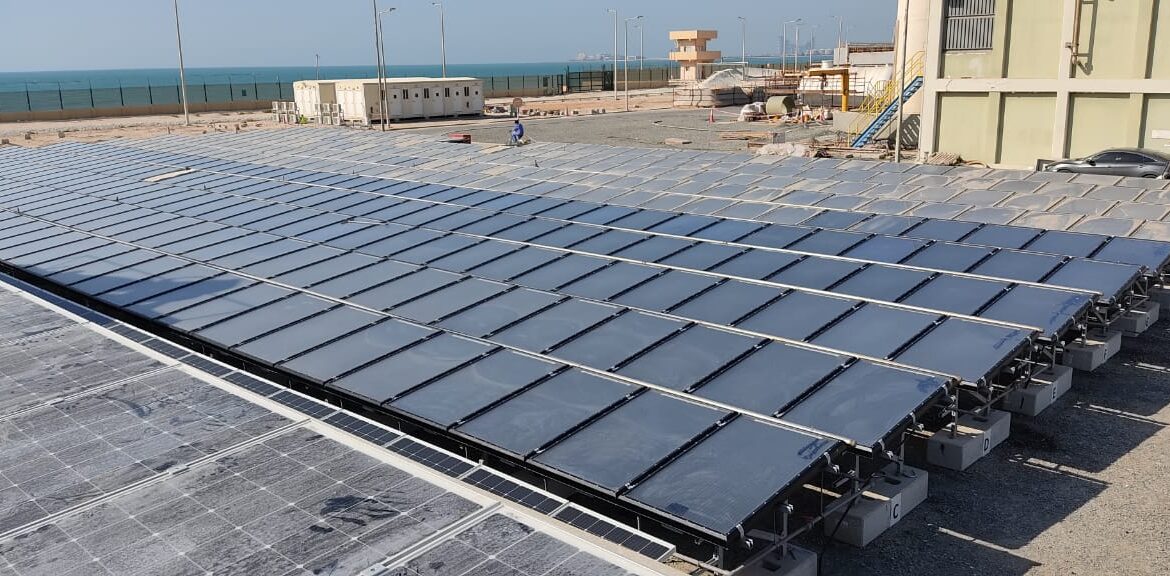
Is It The End Of Lead Batteries?
Had I written this article 10 years ago, it would have sounded extremely pessimistic (I have also written numerous blogs back in the days showing my frustration with the slowness in development of battery technology). However, so much seems to have changed in the last 10 years.
Before we delve into batteries, let us take a background check on how solar systems have developed in the last 20 years. There was once systems that were called ‘ off grid systems’ back in the days when solar was used for its ability to charge batteries through our classic sunlight. The beauty of solar PV system lied in the fact that you were totally autonomous and independent from the grid. You were your own boss!
Then came solar revolution, lead by Europe countries offering incentives to corporations and individuals in form of feedback tariffs of unto 3 times the cost of grid. This
support made sense (and still does) as this eliminated batteries, reduced CAPEX and OPEX and most importantly (root of my frustration earlier) offered truly green solutions.
Then came exponential growth leading to situations were the extra electricity was sold at negative tariffs. Incentives moved from NOT USING BATTERIES to USING “STORAGE”. We went back full circle with this incentive.
Here is where the problem came. The incentive program, again, is a good way to increase use of ‘green electricity’ but the storage medium was assumed to be in Lithium based batteries. While the Li based batteries offered a wonderful escape from Pb batteries, it is still forbiddingly expensive. Doing a quick cost-benefit analysis still tilts the balance towards lead batteries.
Unlike what we saw in PV industry where the government initial impetus open up pathway for the industry to innovate and find ways to reduce CAPEX in PV, battery prices have remained virtually unchanged even after such incentives. The prices in PV have bottomed out and have seen notable increase in prices, which may be counterproductive to growth / acceptance of Li based storage systems. Add to this constraints in productivity and raw material limitations would remain painful aspects that will affect growth in the industry.
So, is this the dead lock?
Watch out for NON BATTERY based solutions that hold sound potential for revolutionizing the storage industry.

